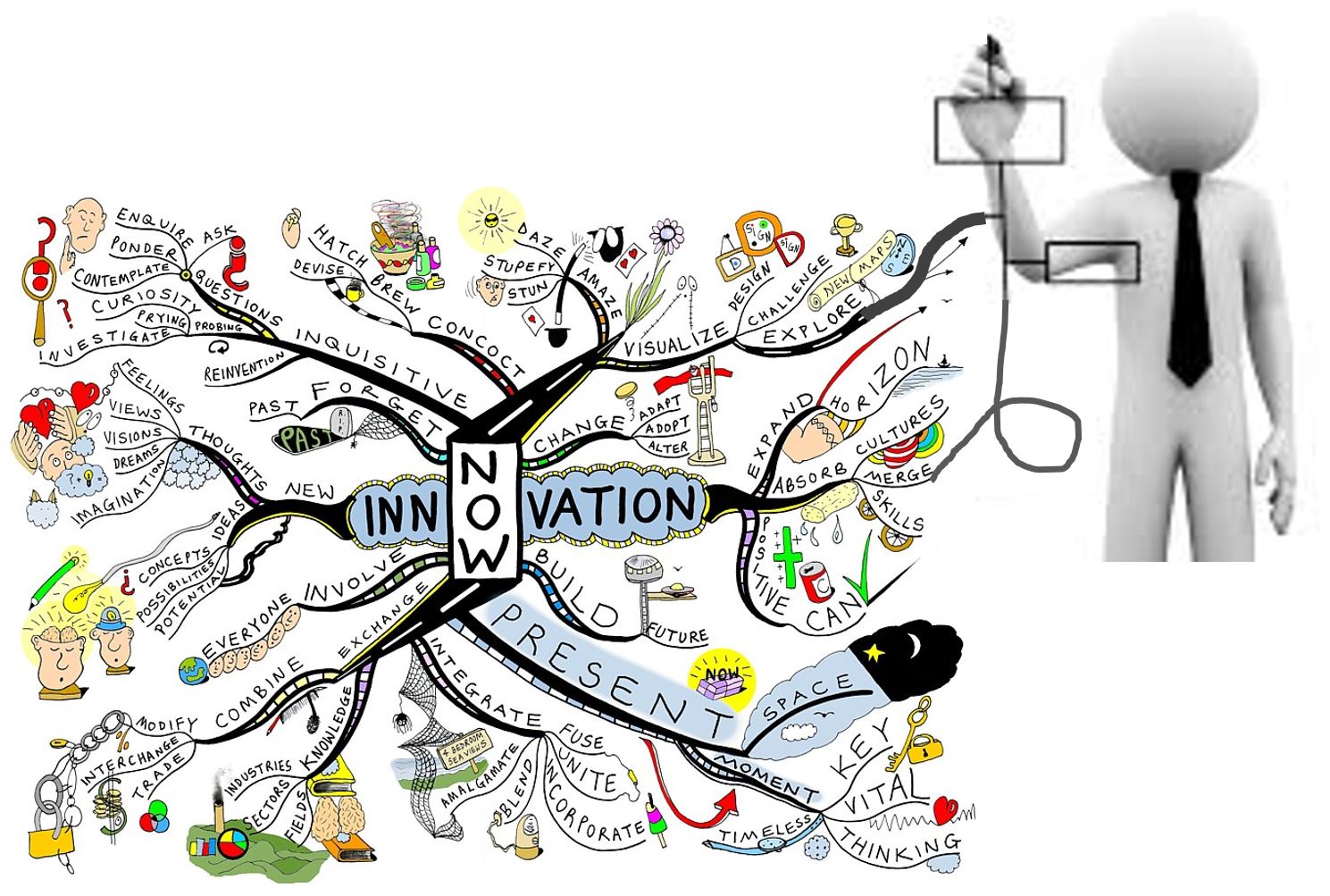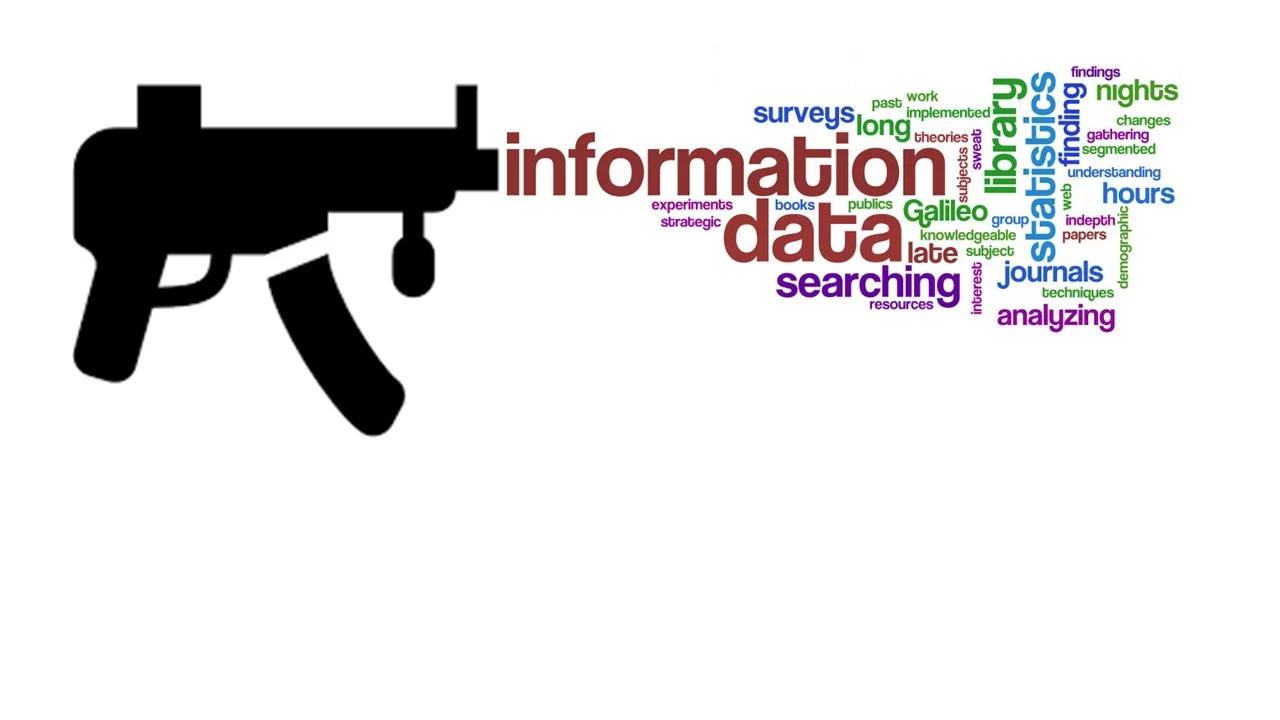How prolonged and ineffective data strategy; poor data culture, and data-debt has led to organisational schizophrenia!, and what we can do about that.
NASA, launching rockets and Microsoft 365 governance
Many organisations seem to struggle fitting the necessities of Microsoft 365 planning, migration and governance to their legacy organisational structures, policy framework and process-architecture which seem to miss the mark with a continuously changing cloud-based platform like M365.
What could, or should an appropriate organisational and governance structure look like to successfully migrate an entire organisations staff and content onto M365, adequately train them on the tools, support them indefinitely, and respond to a constant demand for enhancements, all within a constantly changing environment that is Microsoft’s constantly evergreen architecture?
As it turns out, NASA’s approach to planning for, launching and managing space missions is a pretty good template for that.
NASA launches rockets from the Kennedy Space Centre in Cape Canaveral Florida; but NASA Mission Control is in Houston Texas. What are the respective responsibilities between Cape Canaveral and Houston? When does the handover happen? And more importantly, why have separate teams, in different states?
In the early years of the US space programme, NASA more or less consisted of one large team that was focused on design, build and testing of rockets. As that progressed, a launch-phase was added. Once the Apollo missions kicked-off, NASA also began managing the mission and recovering the capsule and crew.
NASA quickly worked out that there were two quite distinct phases, with different objectives that required different skills: design/build/launch and manage/recover. So NASA split those responsibilities into two teams. Having done that, they further realised those two teams didn’t even need to be in the same building, or State. The design/build/launch team remained at the Kennedy Space Centre in Florida, while Mission Control was established in Houston Texas, with the hand-off occurring once a rocket clears the launch-pad-tower.
Immediately following that hand-off, the Kennedy Space Centre team turns its attention and resources to the next launch, while Houston managing the mission through to recovery.
Implementing and supporting Microsoft 365 should follow a similar model to NASA by separating the two key phases: 1) planning/build/migration and 2) support/enhancements/governance. The Kennedy Space Centre Team training and launching users onto Microsoft 365; the Mission Control Team Team dealing with all the “Houston, we have a problem” stuff.
Why a data strategy - now more than ever? 2023 Govt. Data Summit
In this presentation I cover:
Why you need a data strategy, now more than ever
The role of data in planning in the face of deep uncertainty
Data you know that you know you need; and data you don’t know that you don’t know you need!
Let’s have a real conversation about data quality?
Your data strategy is more than just data
Data strategy to roadmap – where to start!
Time for a Military-Grade Information Infrastructure?
A blog by Martin Erasmuson
As we find ourselves in the thick of the 4th Industrial Revolution with the exponential growth of and demand for information at its core, the current COVID 19 crisis has thrown a spot light on antiquated information infrastructures. We stumble from crisis to crisis with severe consequences that seem obvious in hindsight, before reverting to our old way of thinking. As we step into a deeply uncertain future, is it finally time to admit to that uncertainty and implement a Military Grade Information Infrasructure that can respond to continuous change?
Taming Office 365 – Flow
Taming Office365 & SharePoint on-line
Another Merry Data Christmas
A poem by Martin Erasmuson
(to the rhythm of ‘Let it Snow’.)
Oh, the OIA’s have been frightful,
Though our workflows are quite delightful,
But some virus came from the web,
It has spread, it has spread, it has spread.
Restructures show no sign of stopping,
So more stress we will be copping,
And the rumors getting in our heads
They will spread, they will spread, they will spread.
When the backups are finally done,
And the data models are all finished,
Then the java scripts can be run,
Fingers-crossed data loss diminished.
The office party full of friendly banter,
The CIO once again was Santa,
Pâté and guacamole keep us feed,
When it’s spread, when it’s spread, when it’s spread.
Cleaning data until we all swore,
It’s like a million-piece Jigsaw,
But it keeps me in butter and bread,
Keep it spread, keep it spread, keep it spread.
All you IM folk a Merry Christmas,
Remember wine helps with your blitheness,
Don’t let despondency lead to bloodshed,
It will spread, it will spread, it will spread.
2018’s Merry Data Christmas Poem
Your data audit ends up here
“We’re going to do,” said the manager “an organisation-wide data audit.”
“If you like, yes,” said the Information Architect.
“Will that help?” asked the manager.
“No,” said the Information Architect, and gave him a friendly smile.”
― Martin Erasmuson, Information Architect (adapted from ― Douglas Adams, The Hitchhiker's Guide to the Galaxy)
A Merry Data Christmas
A Christmas Data Poem by Martin Erasmuson
Twas the night before Christmas, and through all the laughter
Things were a stirring, especially the data.
On spread sheets and web forms and RDBMS,
And the ones still on paper (still data no less).
And lakes filled with data of every description
And format with AI that sounds more like fiction.
IT Teams all nestled round beers and wines-red
While serverless-computing thoughts dance in their heads.
With backups all run on the servers with care
In the hope that DR isn’t needed this year.
Fingers-crossed for a digital transformation breakthrough
But where it is taking us, we don’t have a clue.
In this festive season I’m still sure of one thing,
Technology’s great; but data is king.
Kill the Chicken - Pt II
Kill the chicken - Pt I
You’ll often see organisations state ‘innovation’ as one of their core values. This is easy to spot because it is typically written in large letters in a bold font on a poster on the wall under the heading ‘Our Values’. Despite such value statements and indeed a sincere wish to promote innovation, most organisations, particularly those in the Public Sector struggle to introduce anything truly innovative into their business. Indeed if you were to ask senior managers ........
WANTED - Preferably Alive - Chief Data Officer
Is the Org-Structure Dead? Pt II - Bigger Hammers?
A blog by Martin Erasmuson.
If we analyse what is generally meant by ‘Best Practice’ it largely translates to: 'stuff that worked OK in the past that we intend reusing now with the intention of achieving the same outcome in the future’. Like my wife's ‘Brownie’ recipe given her by her mother. It works every time.
Is the Org-Structure Dead?
A blog by Martin Erasmuson.
On one level, we understand we are operating in an increasingly dynamic business environment. Indeed, we seem comfortable with continually adding-to, changing, removing, ‘tweaking’ three of those four organisational dimensions; information, process and technology elements to meet those constantly changing business needs; but get stuck on organisation structure. That always seems to require the classic ‘restructure’ with all the heartache and disruption that comes with it. Why is that? Why can’t the way we organise our people to be as agile and adaptive as those other three elements?
Are we there yet?
A blog by Martin Erasmuson.
Everything is a work-in-progress; things being born/created/built, and other things dying/being dismantled/demolished. Certainly some milestones, like those commemorated by plaques in building foyers, ‘Opened by His Worship Mayor no-one-remembers’ and at the time no doubt accompanied by ribbons, a photographer and a brass-band; but ultimately the building is demolished, the plaque goes to the museum and it all becomes just another historical footnote.
Weaponized Information: Is the next arms race here?
A blog by Martin Erasmuson
These companies have profiles for hundreds of millions of people around the world, based solely of Facebook likes and posts. To ‘weaponise’ information, these companies use machine-learning, artificial-intelligence and automation to read how a particular news story is trending on Facebook or Twitter and then autogenerate thousands of new accounts that auto-post thousands of posts, comments and ‘likes’ that takes the story in the direction you want it to go.
Paying-off my information debt
A blog by Martin Erasmuson
There is a natural tension between expediency and thought-out decision making. In that sense information-debt is not necessarily bad. I’ve blogged before about adaptive-strategies and a ‘Good Enough is Perfect’ approach. On a personal level, I’ve used the company credit-card tactically for ease of accounting or while waiting for company invoices to be paid. So, debt is not bad per se. Sometimes a heuristic method is appropriate and necessary, acknowledging that a particular solution is not guaranteed to be optimal or perfect, but is sufficient to move a project forward, while acknowledging there is likely to be a ‘debt’ once the optimal solution is discovered and re-work is necessary.
Who still believes they don’t need adaptive-strategies?
A blog by Martin Erasmuson.
Anyone still having trouble with the concept of exponential, unexpected change, keep looking at any international news website over the next few days until you come right. Unplanned, unforeseen, continuous, unrelenting change is the key underlying condition of today’s world. The good news is the sun will (likely) come up tomorrow and organisations have what it takes to adapt.
Coming Ready or Not: Social-Media, Crowd-Sourcing & Knowledge Management Strategy
A blog by Martin Erasmuson.
The ‘Gone-Viral’ nature of Social Media is now typical of the general business environment. Rather than relying solely on corporate KM systems, organisations must create a culturefor discovery of the information they need, when they need it. That needs to work in concert with deep agile capability to VERY quickly pivot resources to respond to (name today’s crisis here) along with a heuristic, ‘good-enough-is-perfect’ attitude.
















